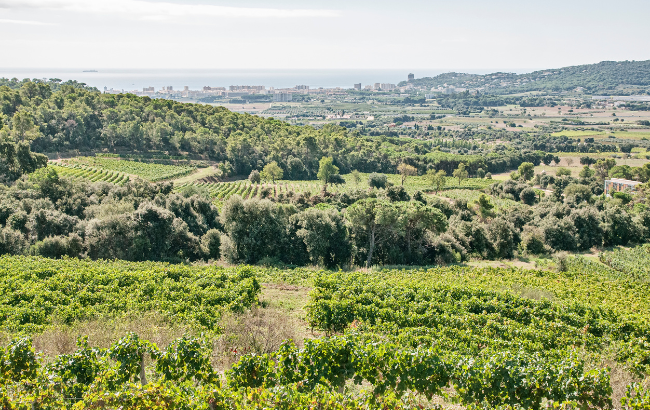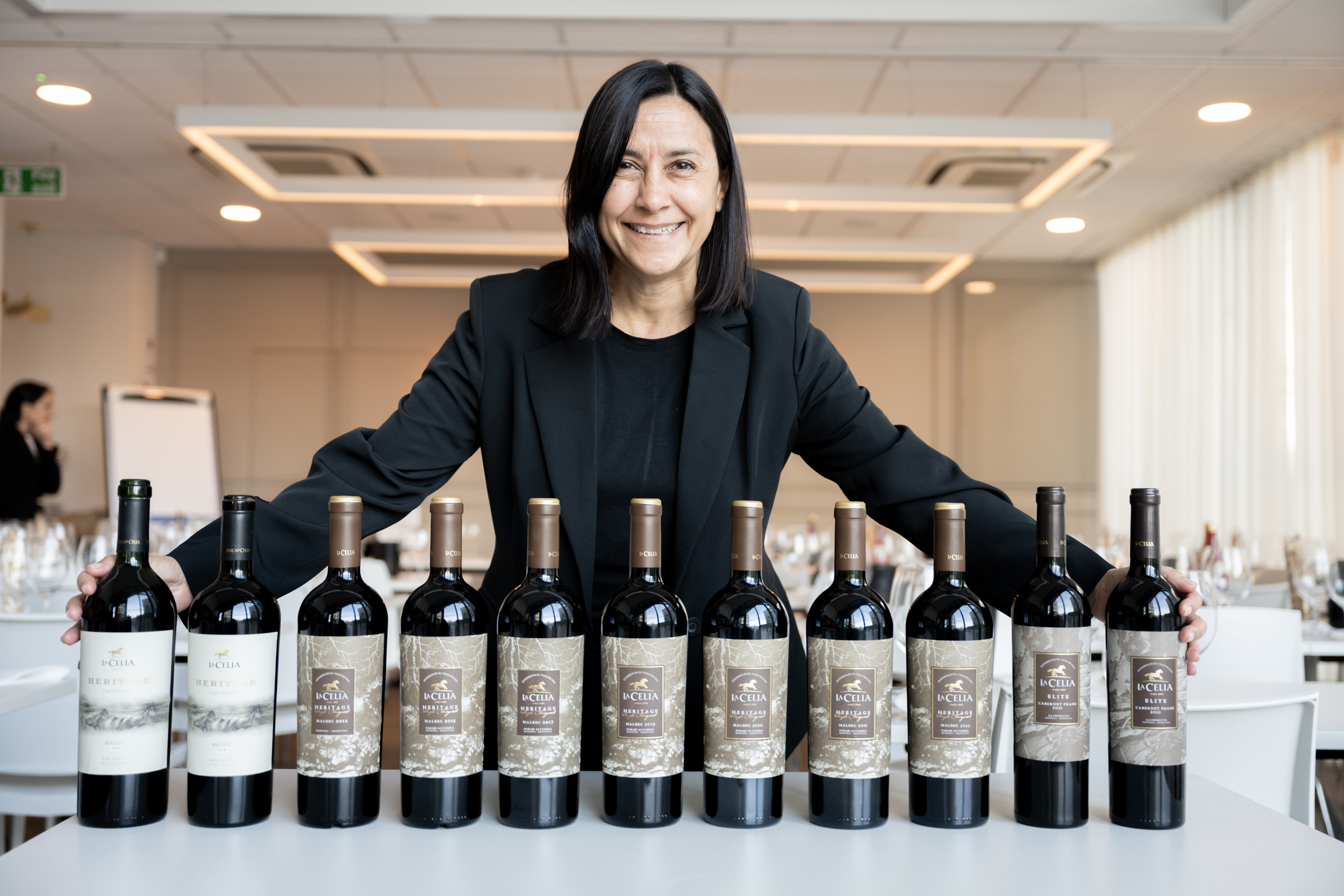Lenz Moser: ‘we arrogant Europeans can learn a lot from China’
By Eloise FeildenChangyu winemaker Lenz Moser tells Eloise Feilden how he plans to make Chinese wines a global success.
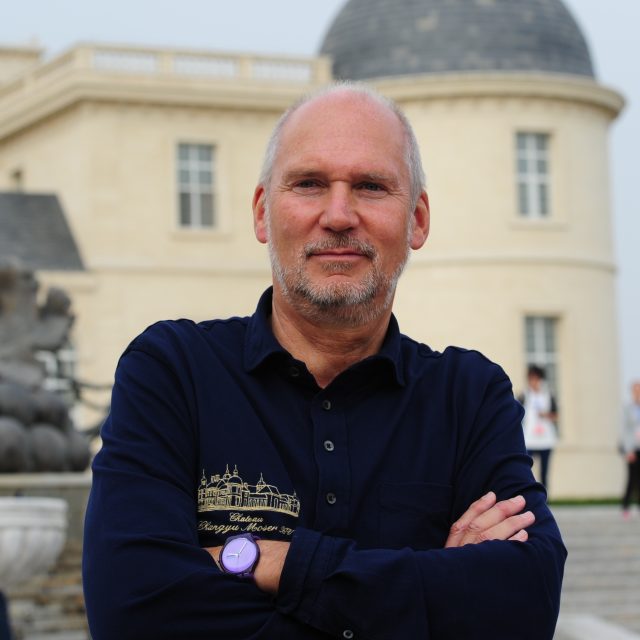
Were the world of fine wine to have an entrance exam, China would score high. When it comes to historical roots, the country’s winemaking dates back more than 4,000 years. If size matters, China has 800,000 hectares under vine, making it the third-largest wine producer by area in the world. Still, the country is rarely considered among the international big hitters of the wine world.
China’s problem, according to Austrian winemaker Lenz Moser, is its focus on the domestic market. “They can drink everything at home,” he says, and so they do.
China is the 12th-largest producer of wine worldwide, but ranks 54th when it comes to exports, according to OIV data. Moser, a 15th-generation member of the iconic Austrian winemaker family, is trying to shift the dial.
Brought on by Changyu, China’s largest producer, almost two decades ago, he is on a mission to change the perception of Chinese wine in the eyes of consumers, and believes the best way to do this is to take it overseas.
“If you only beat the drum in China and say ‘hey, I’m the greatest’, no matter how much money you spend on marketing, people will not buy the story,” he says. Exporting to other countries doesn’t just mean recognition abroad, either. “Only the very bright bulbs know that recognition in the home market comes from overseas,” he says.
After leaving his role at Robert Mondavi following the sale of the esteemed Napa brand, Moser first set foot in China in 2005 on the hunt for a “new sexy project”.
For the first eight years, Moser’s role was as a marketeer. “I took what they gave me to sell,” he says. But in 2013 his role shifted to winemaker. On 18 August 2013, Chateau Changyu Moser XV was officially opened. Following the equivalent of €70 million spent on construction, Moser was tasked with making wine in China’s Ningxia region.
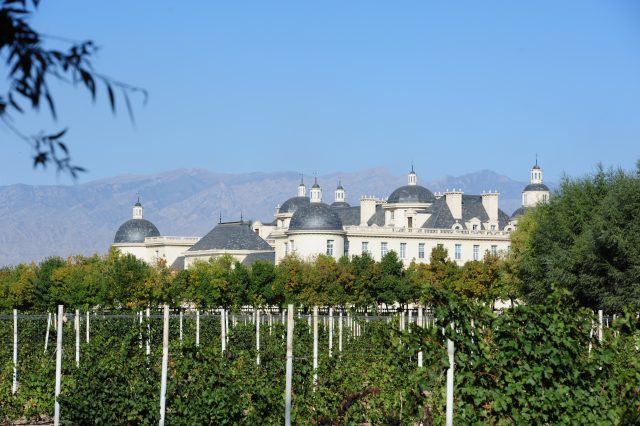
The project he began in 2005 had suddenly become that bit more sexy. He says: “When do you get, as an Austrian, a chance to shape the Chinese wine industry from the top end?” Today, Moser’s goal is to be responsible for first-growth wines from China. “I’m passionate about wine altogether, but I’m particularly passionate about China as a country, about the people, and about Changyu and this project,” he says.
Moser is not the first European to make premium wine in China, and by the looks of things, he certainly won’t be the last. Ao Yun, LVMH’s Chinese wine, is currently sold on La Place de Bordeaux. Long Dai is Domaines de Barons de Rothschild’s answer to a Chinese Lafite.
French investment is one thing Moser is unreservedly grateful for. “We’re very happy to have the French investment,” he says, arguing that with French money comes credibility and future prospects. “No French company would ever invest if they did not think they could do world-class, and have a major impact on the Chinese market,” he says.
His admiration for French châteaux forces him to do away with his instinctual rivalry. “Being Austrian, we always have a complex about France because they invented fine wine, long before the Germans and the Austrians,” he laughs.
But Moser believes he has one advantage over his neighbours. “The French make French wines wherever they go,” he says – an attitude in stark contrast to Moser’s own strategy. “The main message I’m trying to convey,” he says, “is making sure that nobody can say we copy any style from around the world.”
Partner Content
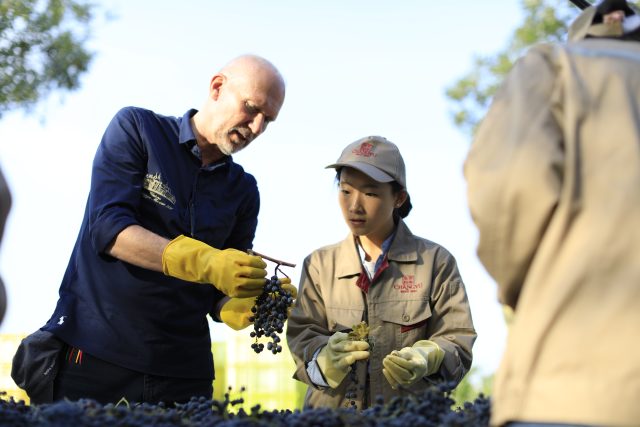
Located on the fringes of the Gobi desert, Ningxia feeds off the Yellow River, which has its source in the Tibetan Plateau. Changyu’s vineyards, planted predominantly with Cabernet Sauvignon, sit at 1,100 metres above sea level. “It’s dry and it’s high,” Moser says, with more than 3,000 hours of sunshine (significantly higher than Bordeaux’s average of 2,052 hours during the growing season).
Cabernet Sauvignon vines grown in these conditions produce the smallest berries Moser has ever seen. Their thick skins providing a “cornucopia of flavours and aromas” needed for premium, age-worthy wines – a “winemaker’s paradise”, provided you get them ripe.
He says: “If I have everything at my fingertips, why don’t I make something typical for the region?”
Thinking like this doesn’t come without its challenges. “It took me quite a while to get this thinking into the heads of my partners in China,” Moser says. But he was determined to make wines that stand up against the world’s icons without imitation. He asks: “How can you overtake people if you always walk in the same footsteps of your leaders?”
His hard work is paying off. Inspired by Steven Spurrier’s 1976 Judgement of Paris tasting, in February Moser held his own blind tasting in Paris, showing Changyu Moser XV wines alongside the likes of Cloudy Bay, Opus One, Lafite, Sassicaia, and Chablis Premier Cru Fevre. The wines, immediately recognised by the judges as distinctly Chinese, held up against the icons.
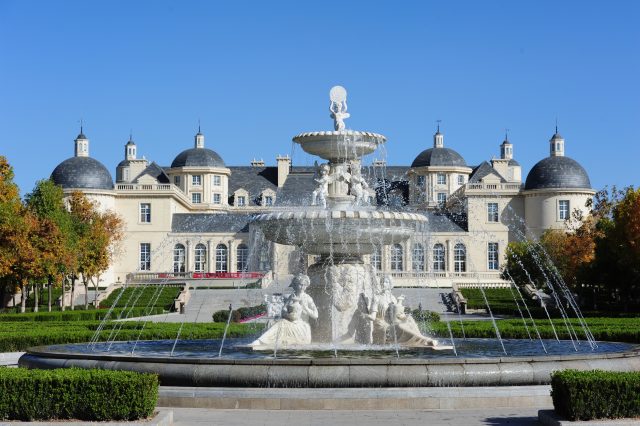
So what’s next?
“We are over the first hump of making good wine,” Moser says. “The next stage is, of course, to increase the quality year after year, but at the same time, make it even more authentic.”
Moser wants to help people discover Chinese wines, “and then surprise them”.
“Nobody would think that China produces top wines. The general public has no idea that China produces wine at all. Before I went to China, I had no clue,” he says.
“We arrogant Europeans sometimes look down on people we don’t know. But actually we can learn a lot of wisdom from China; that’s what makes me tick. That’s why I go there all the time with great pleasure,” he says.
In the long term, Moser wants to turn Changyu into a “classic from China” – a goal he hopes to achieve in the next five years. “Then we can abandon the surprise,” he says, and let the wines speak for themselves.
Related news
The top performers from The Global Wine Masters 2024


